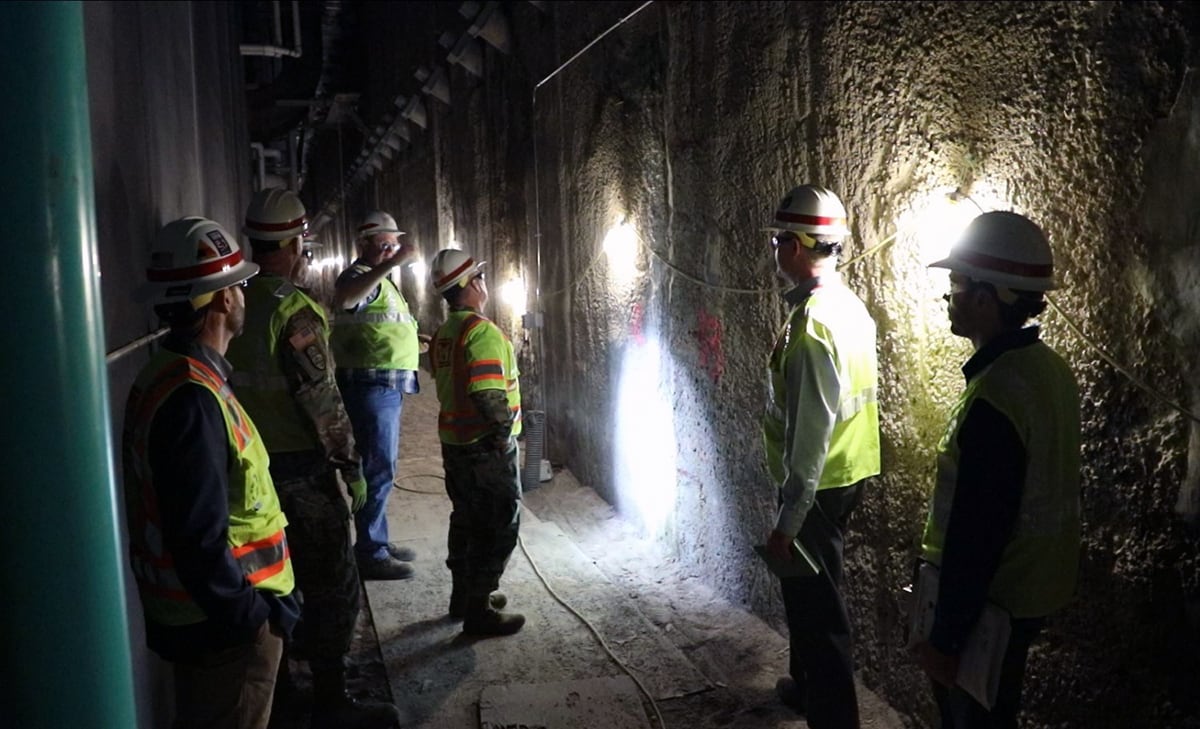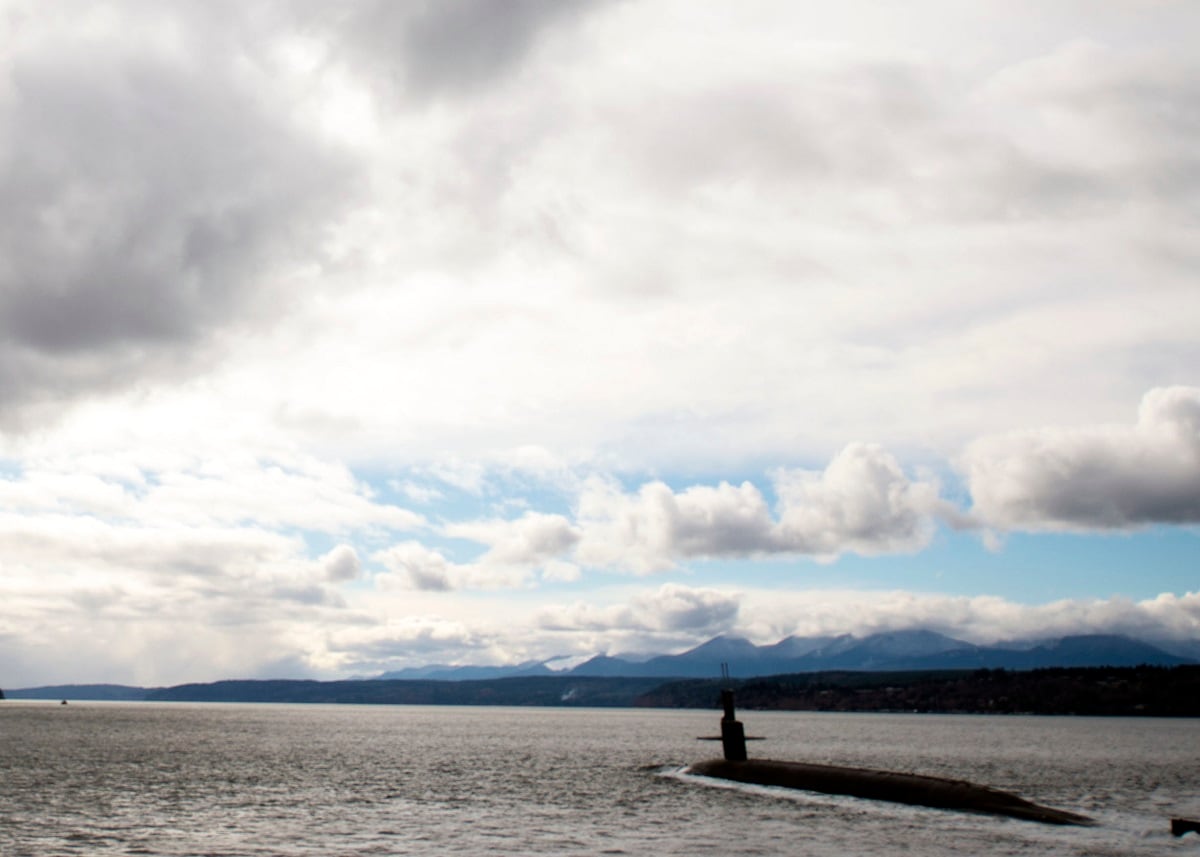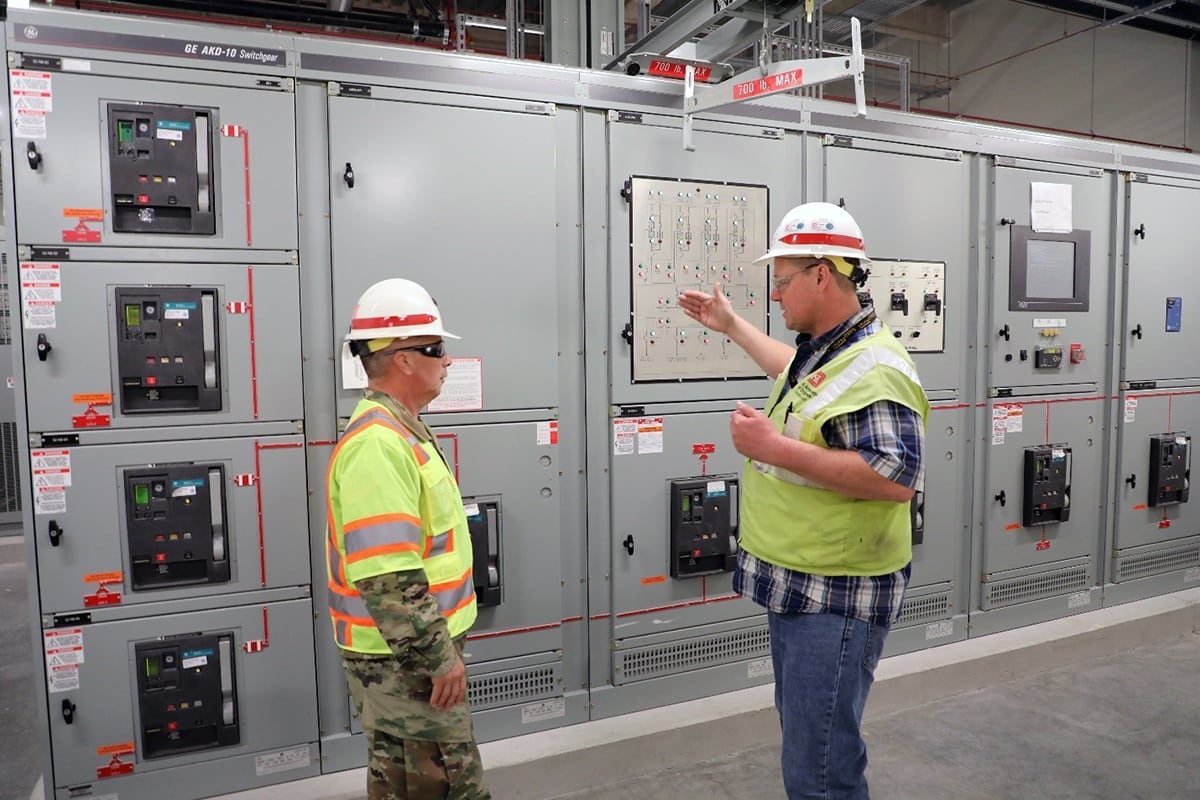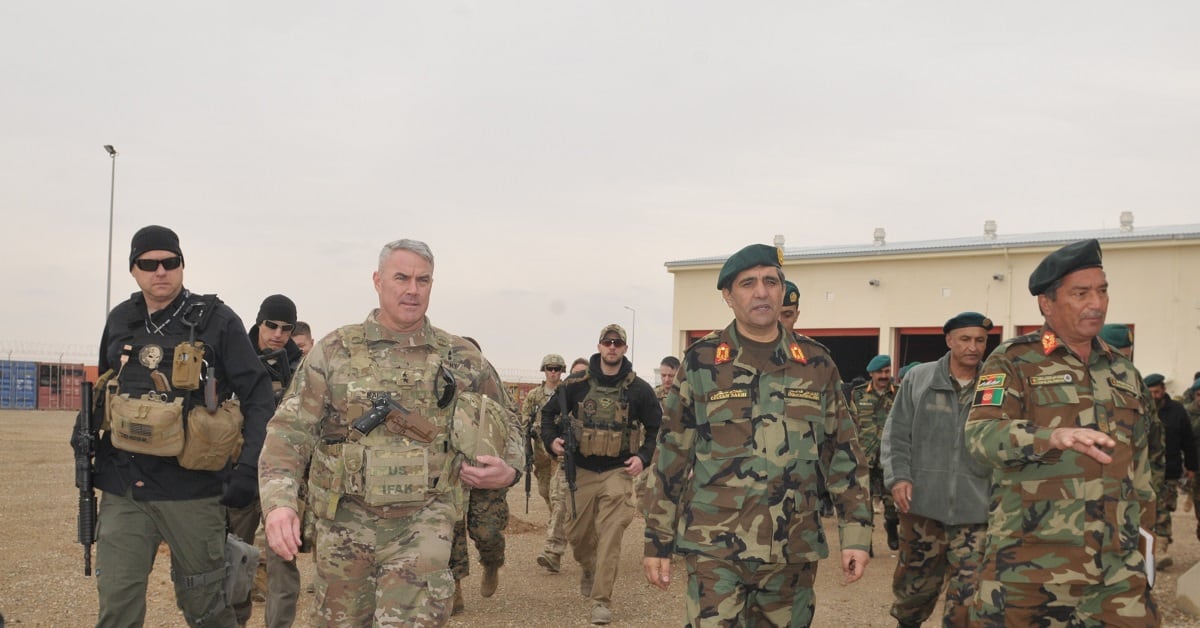Efforts to build a new home for the keepers of America’s nuclear arsenal has been bedeviled by cost overruns, design problems, mold and fire that has delayed opening of the new headquarters by more than two years, according to a May report by the Defense Department’s Inspector General.
Project costs for a new headquarters facility for U.S. Strategic Command, or STRATCOM, at Offutt Air Force Base in Nebraska have ballooned from $564 million to $617 million as of February, with construction completion delayed by 29 months, the report states.
The report cites several issues that led to the delays and roadblocks toward getting the new complex up and running.
The old STRATCOM complex is reinforced concrete and steel that could operate on its own should nuclear war break out.
It was built in 1957 and has experienced “failures in electrical services and cooling systems, in addition to flooding and fires,” the report states.
Officials began planning for the new facility in 2007, and ground was broken on it in 2012, according to the report.
A new home for STRATCOM was made all the more urgent in 2010, when an underground water main next to the existing complex broke and water burst through a basement wall, flooding critical server rooms and causing a building-wide power outage, according to the IG.
“This incident increased the urgency for the USSTRATCOM replacement facility,” the report states.

But miscommunication and contractor missteps have plagued the project since its planning stages, the IG found.
As construction proceeded in September 2015, a U.S. Army Corp of Engineers quality assurance inspector found a contractor installing moldy lined ductwork.
This forced a stoppage of ductwork installation, and more than 10,000 linear feet of ductwork had to be remanufactured and replaced, kicking construction back by eight months, the report states.
Still more mold was found in the new facility in March 2016, and an inspection of all ductwork was ordered, the IG found.
RELATED

“If (U.S. Army Corps of Engineers) quality assurance personnel had not detected and mitigated the mold, the completed USSTRATCOM replacement facility may have posed serious health risks to its occupants,” the report states.
Military inspectors found discrepancies in several areas, according to the report.
Fireproofing was missing or inadequate in some spots, while insulation was sometimes missing or inadequate, according to the IG.
Some shoddy contractor work had to be re-inspected three or four times before it passed muster.
Other deficiencies took years to fix, the report states.
“One inspection from July 2015 remains open as of February 2018,” according to the report.

Army Corps of Engineers officials also failed to inform other government officials of the contractors’ problems, “which could result in a poor performing contractor receiving additional contracts,” the report states.
One contractor resisted taking action to fix improperly placed anchors in a wall that had incorrect tensioning, and only fixed the mistake when officials threatened them with a stop work order, according to the IG.
In May 2016, all installed heating ventilation and air conditioning ductwork had to be re-inspected after a collapse occurred due to shoddy hanger installation, the report states, delaying everything by two more months.
High-altitude electromagnetic pulse filters also failed at a high rate during inspection and the contractor had to submit a correction plan in June of that year.
That same month, problems were discovered with battery configuration and voltage-related issues, according to the report.
The scheduled construction completion date of Sept. 12, 2016, came and went, according to the report, and issues continued to pile up.
The next month, the contractor responsible for the ductwork mold issue requested an “equitable adjustment” of $45 million.
Army and Air Force officials “agreed that the claim had no merit,” the report states.
Fire damaged an underground level of the new facility in April 2017, and a cooling tower and loading dock flooded in June 2017 “because of a faulty valve,” according to the report.
In January, a contractor error caused a flood in an information technology equipment room, according to the report.
Part of the cost overrun is due to Army Corps of Engineers personnel and the design contractor inaccurately estimating the project’s cost at the outset, according to the IG.
Requirements for the new facility were not completed before the beginning of the design process, which allowed requirements to be tweaked throughout the design process, but also did not give the design contractor enough information to design a facility specific to STRATCOM’s needs, according to the report.
RELATED

All parties on the military side were not present for design meetings, and the design contractor did not staff enough people for a project of such size and complexity, the report states.
The design contractor also added features that military officials had not requested, such as a museum and additional underground space, according to the IG.
Construction is now largely completed, and the 916,000-square-foot facility is being outfitted with the requisite high-tech specs, according to a STRATCOM announcement last month.
Officials hope this second phase will go smoother as some network cabling was installed during construction, according to STRATCOM.
More than 650 miles of cable will be laid as part of the phase two effort, which leaned on military personnel instead of private contractors, according to the command.
The IG recommended that communications and accountability be a larger part of project management plans going forward, and that systems should be established so higher-ups are notified when issues of a certain significance arise.
The report also recommends that STRATCOM leaders review the actions of those involved in the cost increases and scheduling delays “and initiate action as appropriate.”
STRATCOM, Army and Air Force officials concurred with the report’s recommendations.
The Army Corps of Engineers commander reviewed the actions of people responsible for the cost increases and delays “and concluded that no individuals should be held directly accountable,” the report states.
Geoff is the managing editor of Military Times, but he still loves writing stories. He covered Iraq and Afghanistan extensively and was a reporter at the Chicago Tribune. He welcomes any and all kinds of tips at geoffz@militarytimes.com.





